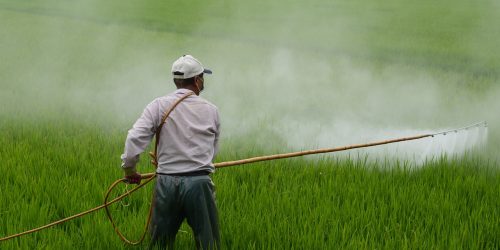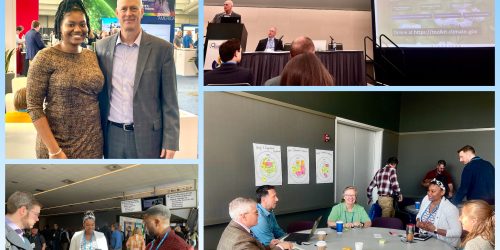We already have the Hurricane Hunters, now make room for the Wildfire Hunters
Since the mid-1980s, there has been an increase in the frequency and duration of wildfires, especially in the Northwest United States. This increase in wildfires is mainly due to changes in climatological factors such as warmer temperatures and earlier snowmelt. Understanding how wildfires impact air pollution and the composition of Earth’s atmosphere is critical for communities near and far because smoke from wildfires can travel long distances and have adverse health impacts on citizens.
Over the next two summers, NOAA, NSF, and NASA, along with partners from other agencies and multiple universities, are bringing their talents together to study wildfires in both the laboratory and the field.
As the 2018 wildfire season comes into full swing, scientists are participating in the first of many field experiments to measure and analyze wildfire smoke that covers much of the United States each year. This project, called the Western Wildfire Experiment for Cloud Chemistry, Aerosol Absorption and Nitrogen (WE-CAN), will conduct 15 to 20 smoke-observation flights between late July and August out of Boise, Idaho. Much like how the NOAA Hurricane Hunters fly into hurricanes to gather valuable information, research aircraft will carry 30 different scientific instruments and 18 scientists into the wildfires to make measurements in unprecedented detail.
Led by scientist Emily Fischer at Colorado State University, with funding from NSF, NOAA’s Atmospheric Chemistry, Carbon Cycle, and Climate Program (AC4) and NASA, WE-CAN joins scientists from five different universities to understand the chemistry of wildfire smoke. The team’s primary interest is to understand what happens to the chemistry, composition, and size of the smoke particles when they are first emitted.
What’s different about this field campaign?
Studying wildfires is nothing new; scientists have been doing it for years. What makes this project unique, however, is flying close enough to the wildfire to understand what happens right after smoke particles and gases from wildfires are emitted. Learning about the impact smoke has in the early stages of a wildfire will help scientists and emergency managers alike better predict, plan, and prepare.
In order to help gather information to study the impact of wildfire smoke, a special instrument aboard the plane collects air from the wildfire as the plane flies through and measures, in real time, the chemical makeup of particles. This allows scientists to develop a better understanding of the composition of the air at the heart of a wildfire.
What happens after the scientists deplane?
After the aircraft flights are over, scientists will begin analyzing the data to better understand how smoke impacts air pollution and climate in the United States. All researchers involved in the WE-CAN project will be working together to synthesize the data and share the outcomes with public health officials, communities affected by smoke, emergency managers and more.
Research findings from flights this year will help NOAA’s FIREX-AQ program conduct their Large-scale Coordinated Intensive Field Study in the summer of 2019.










